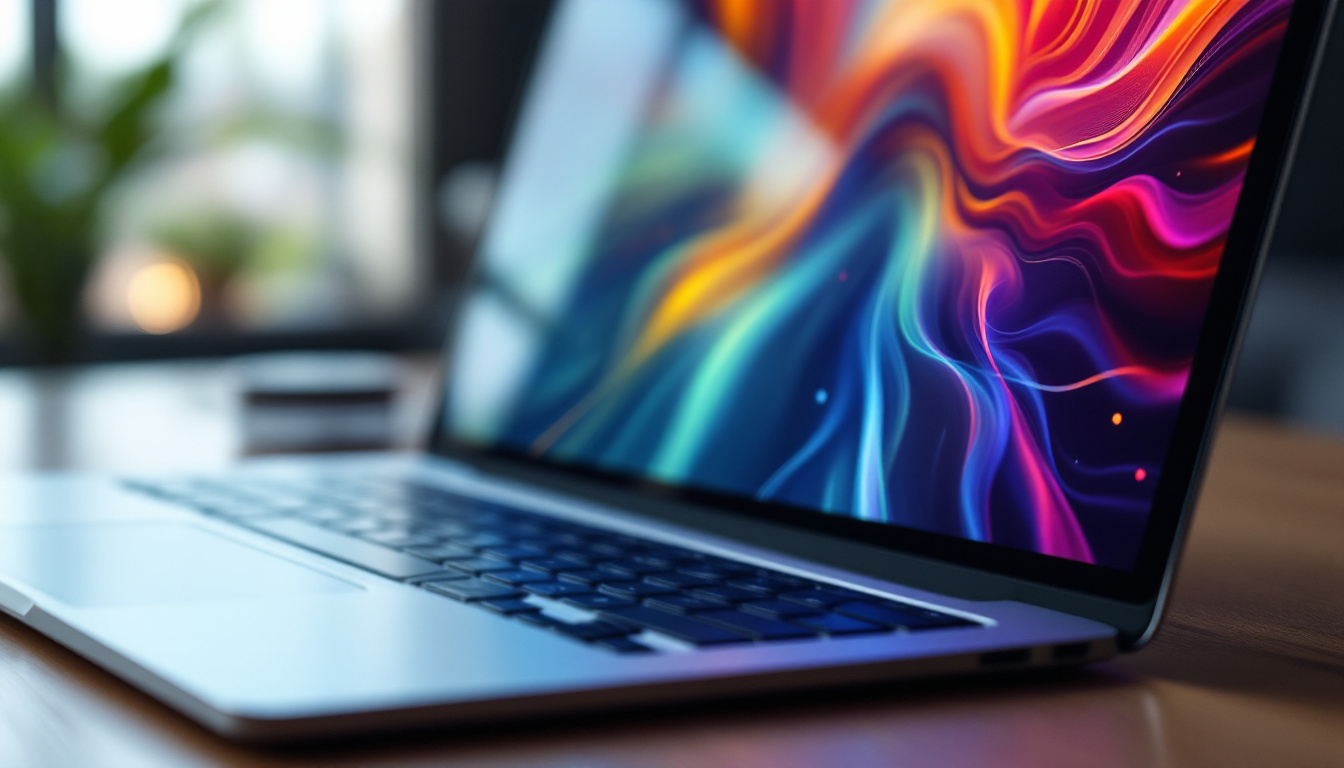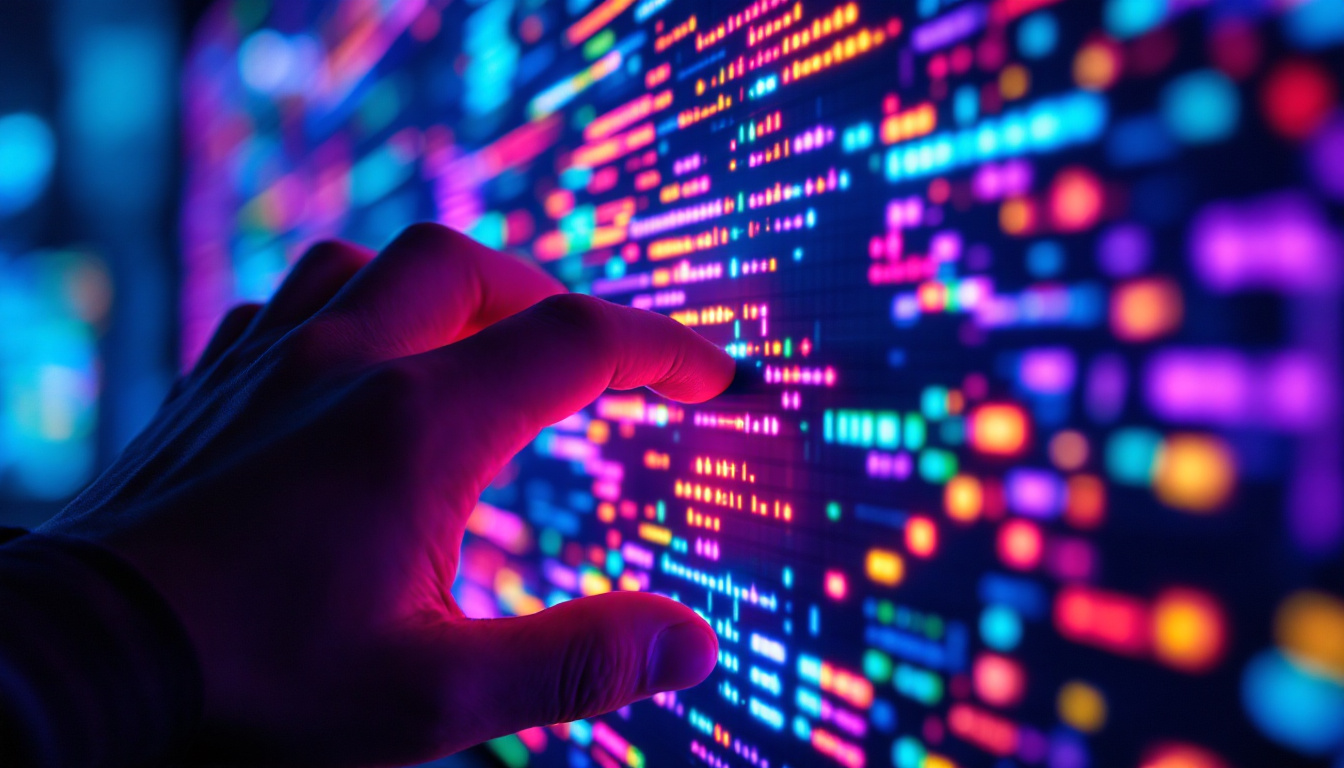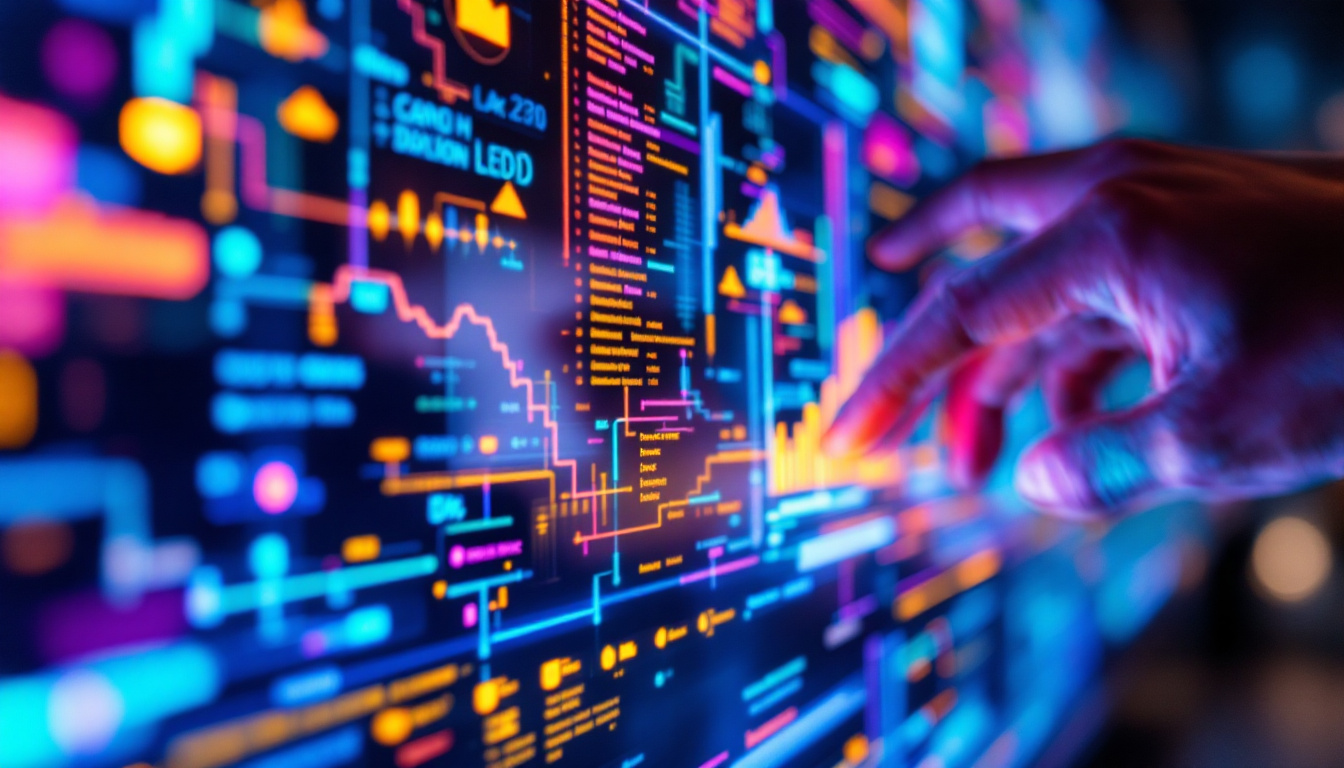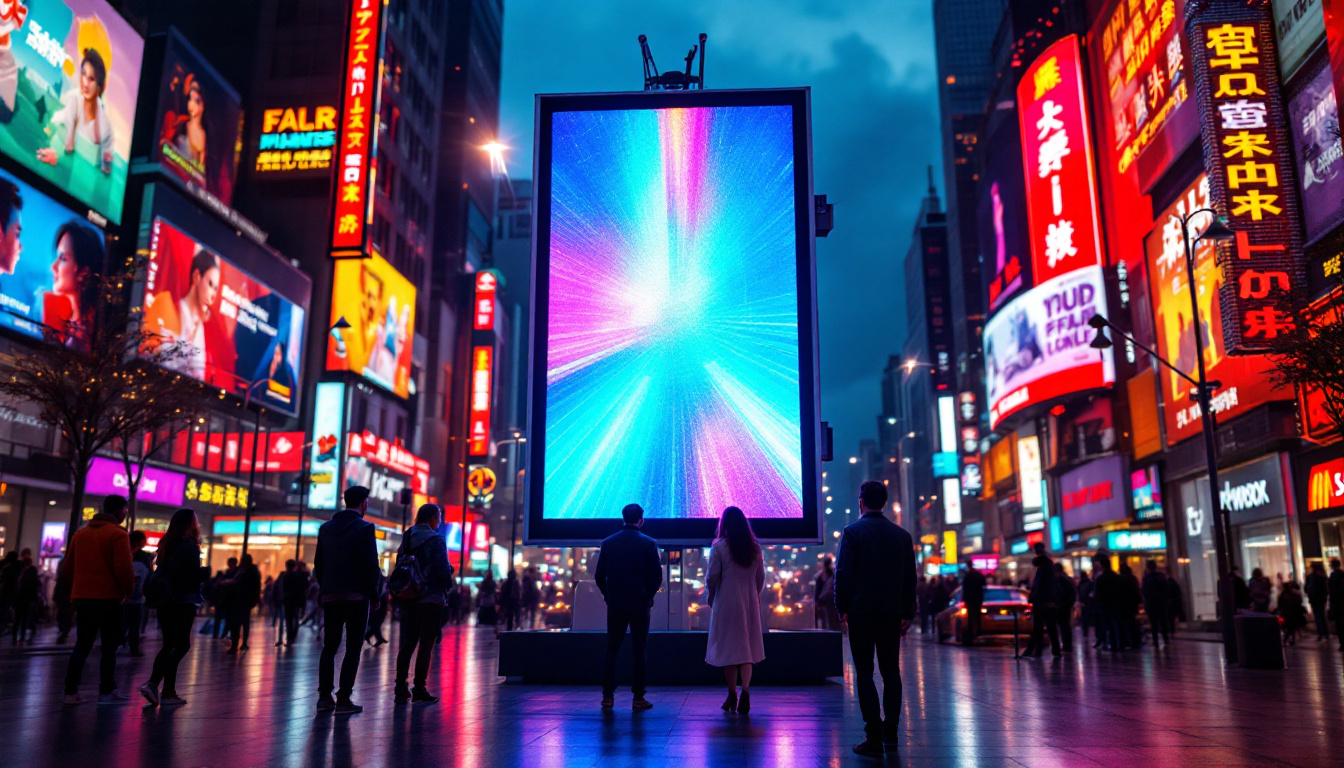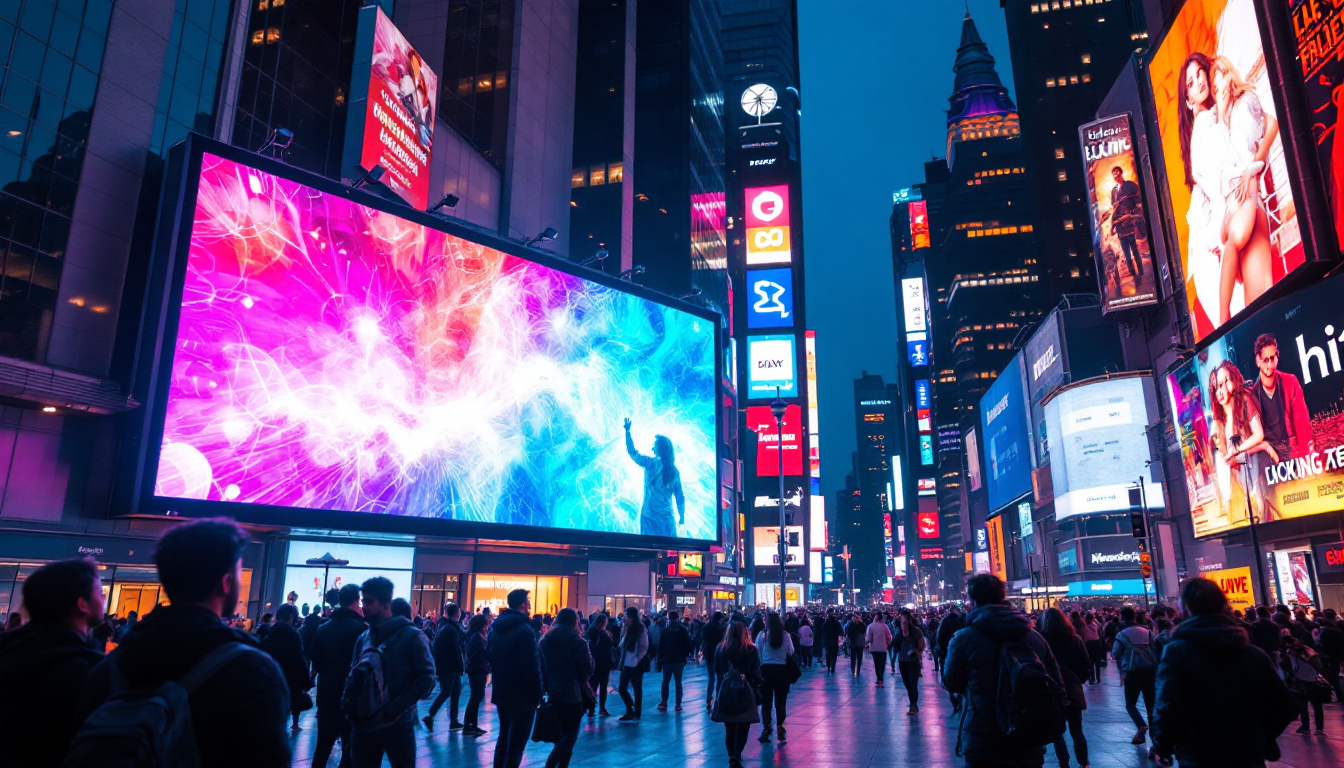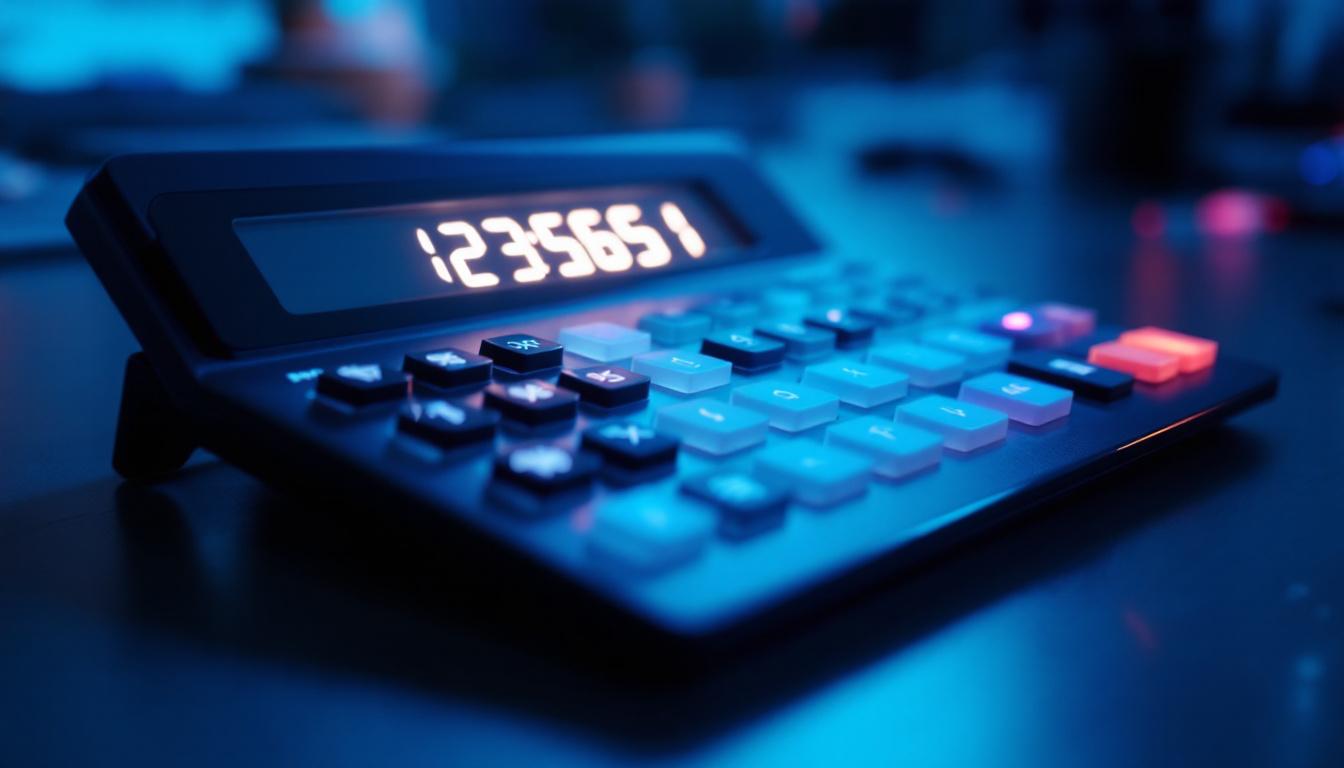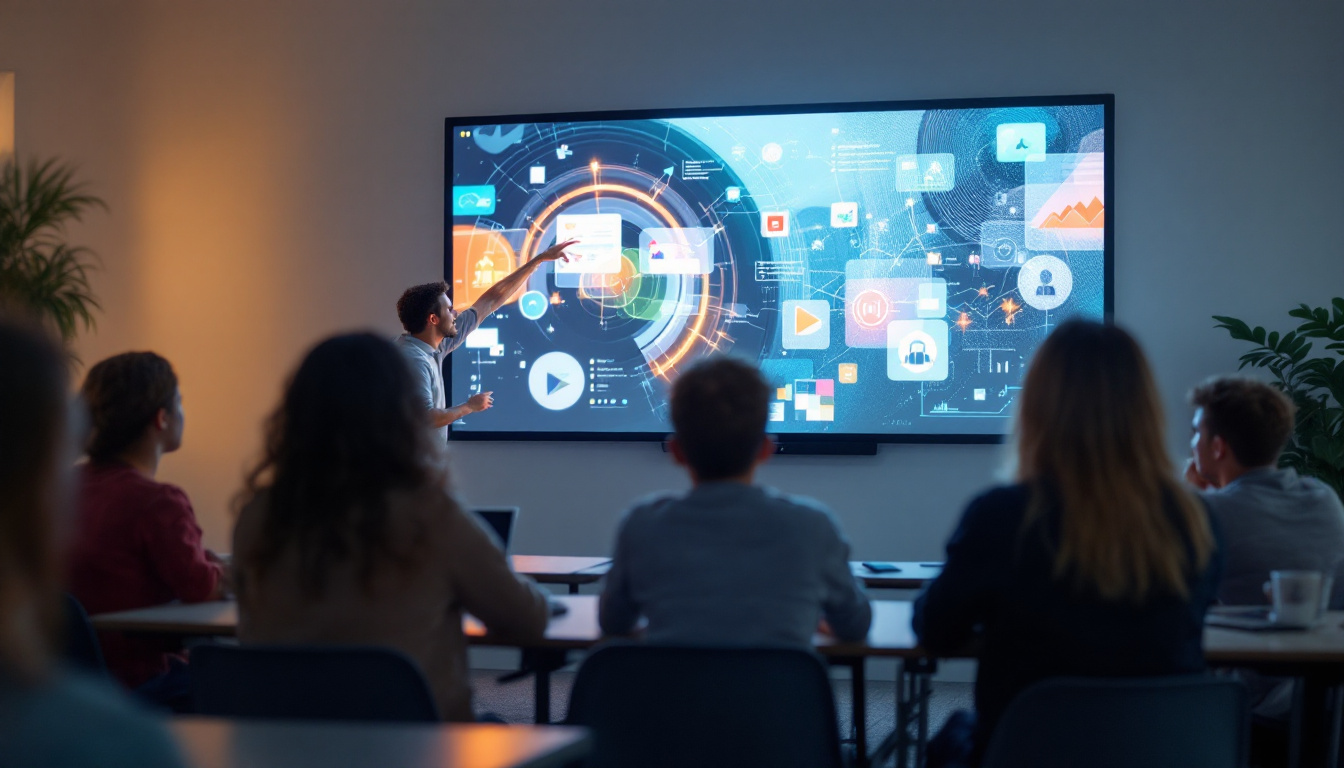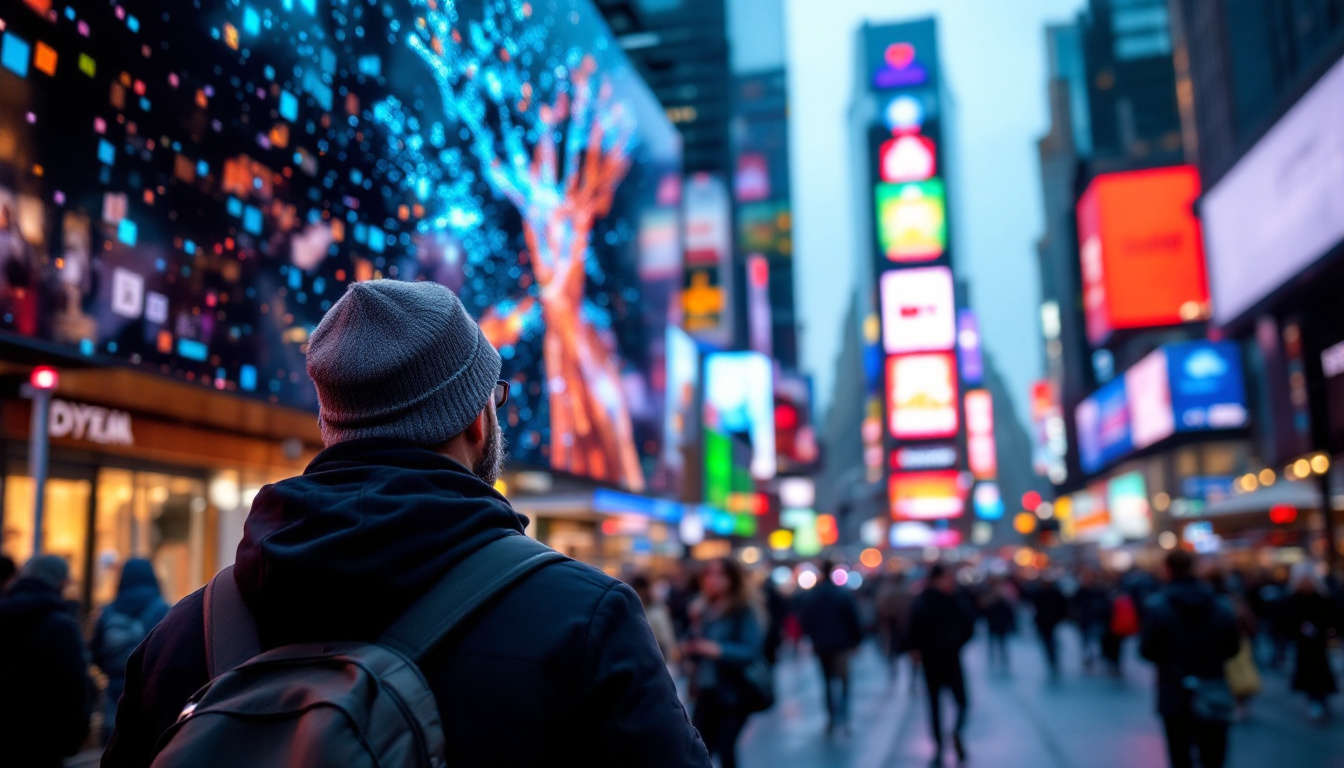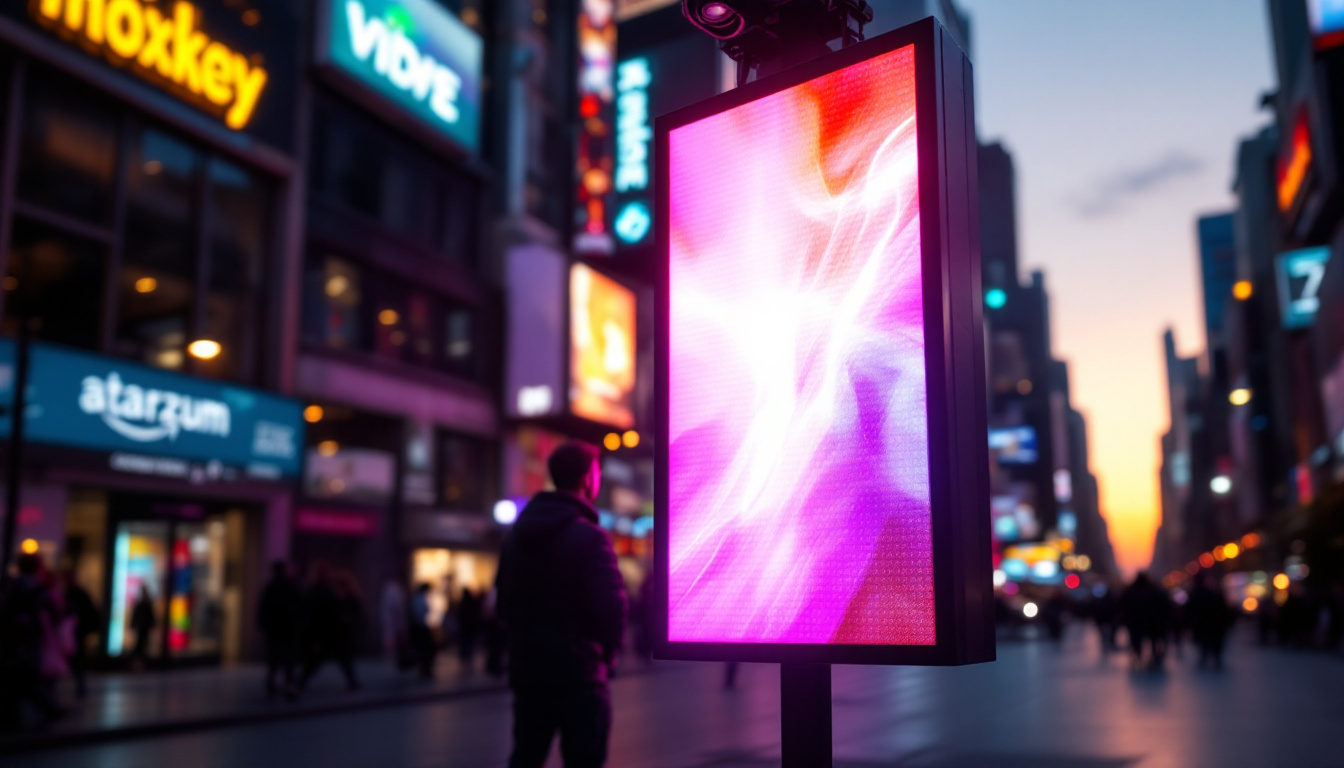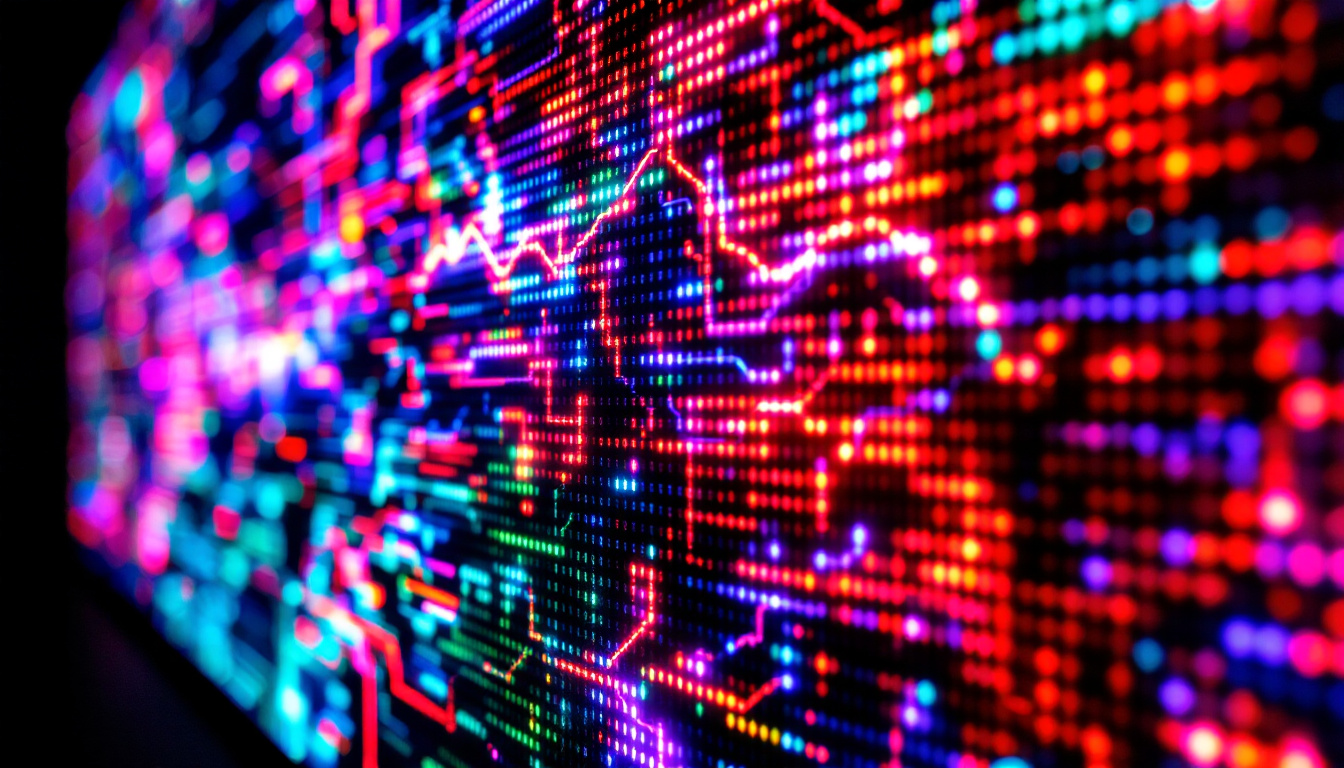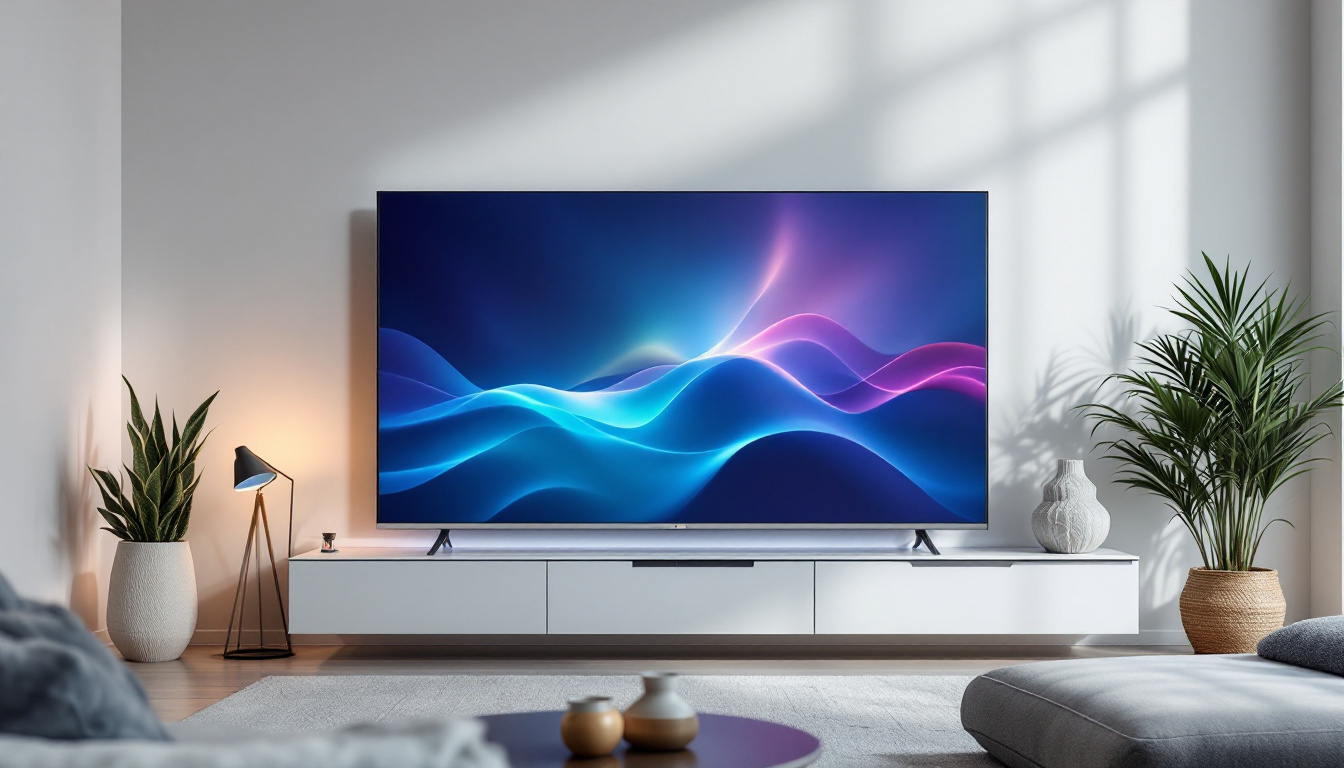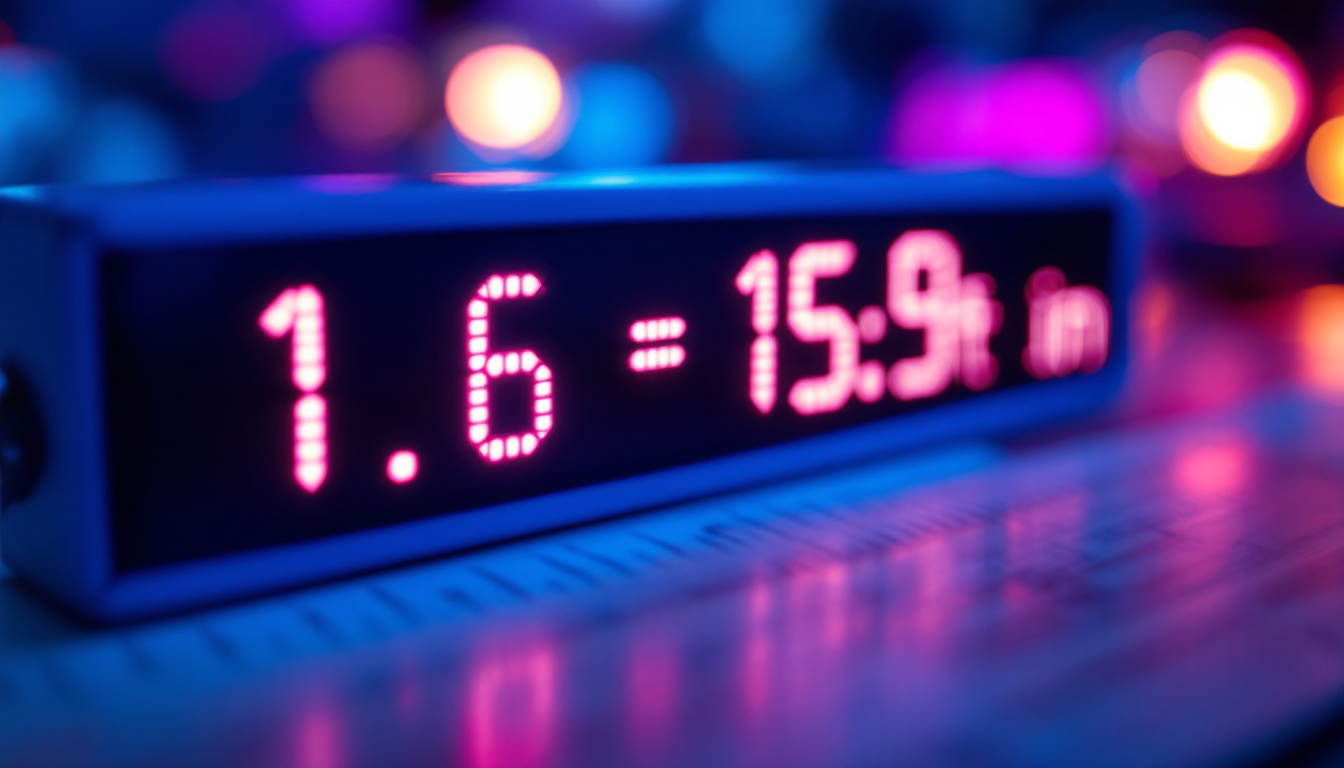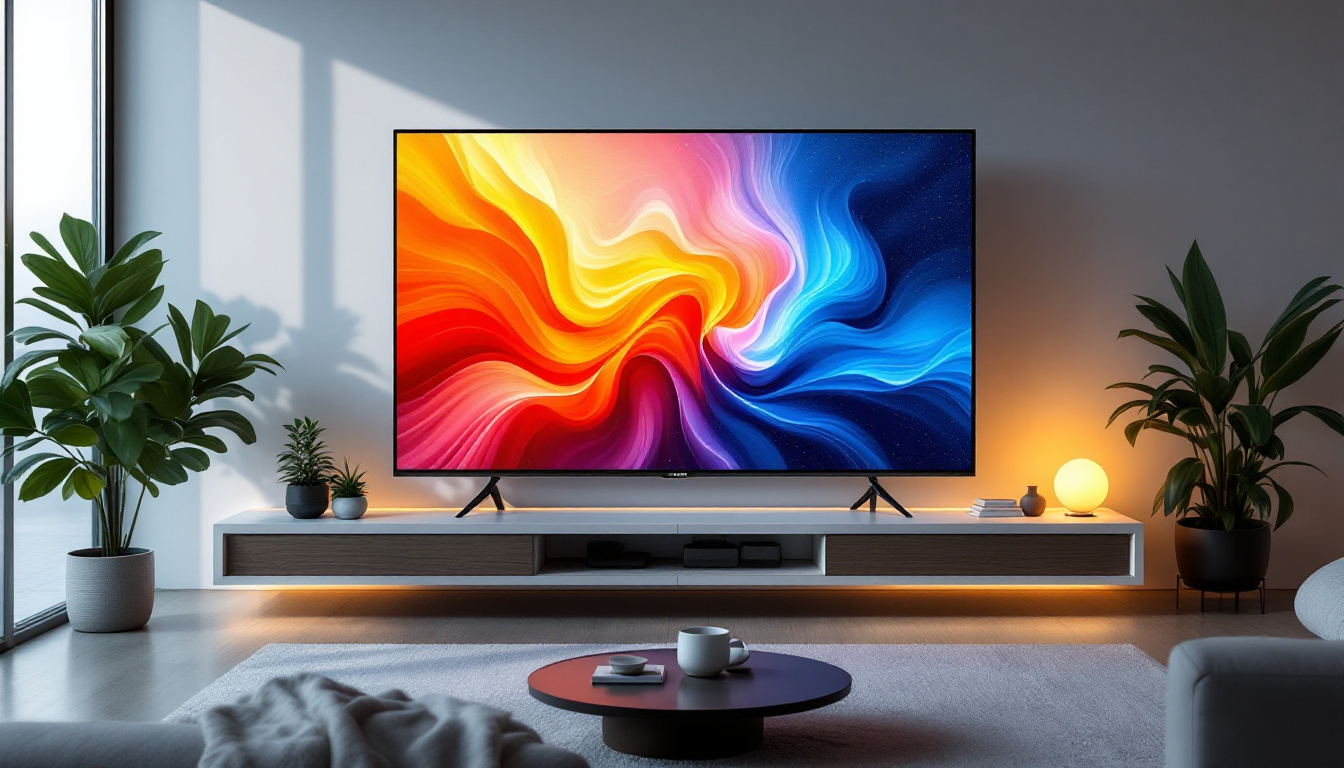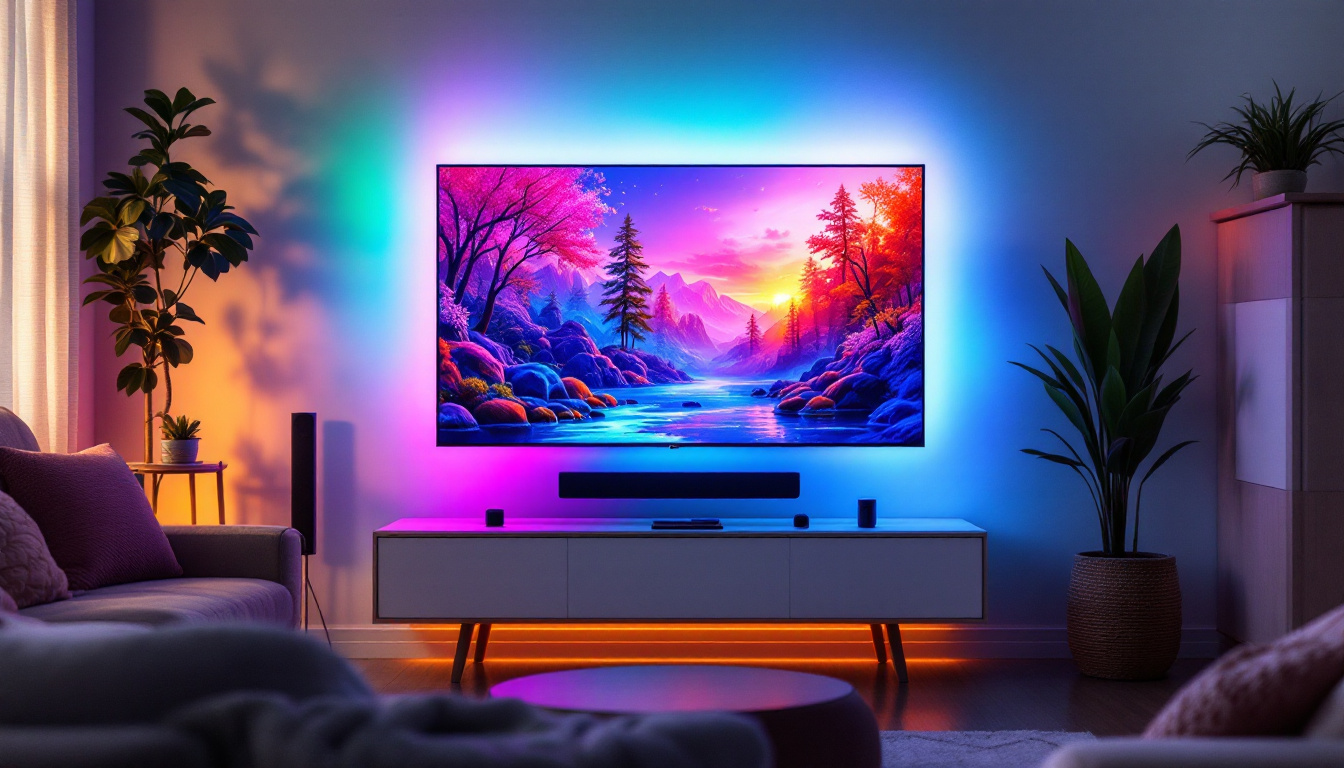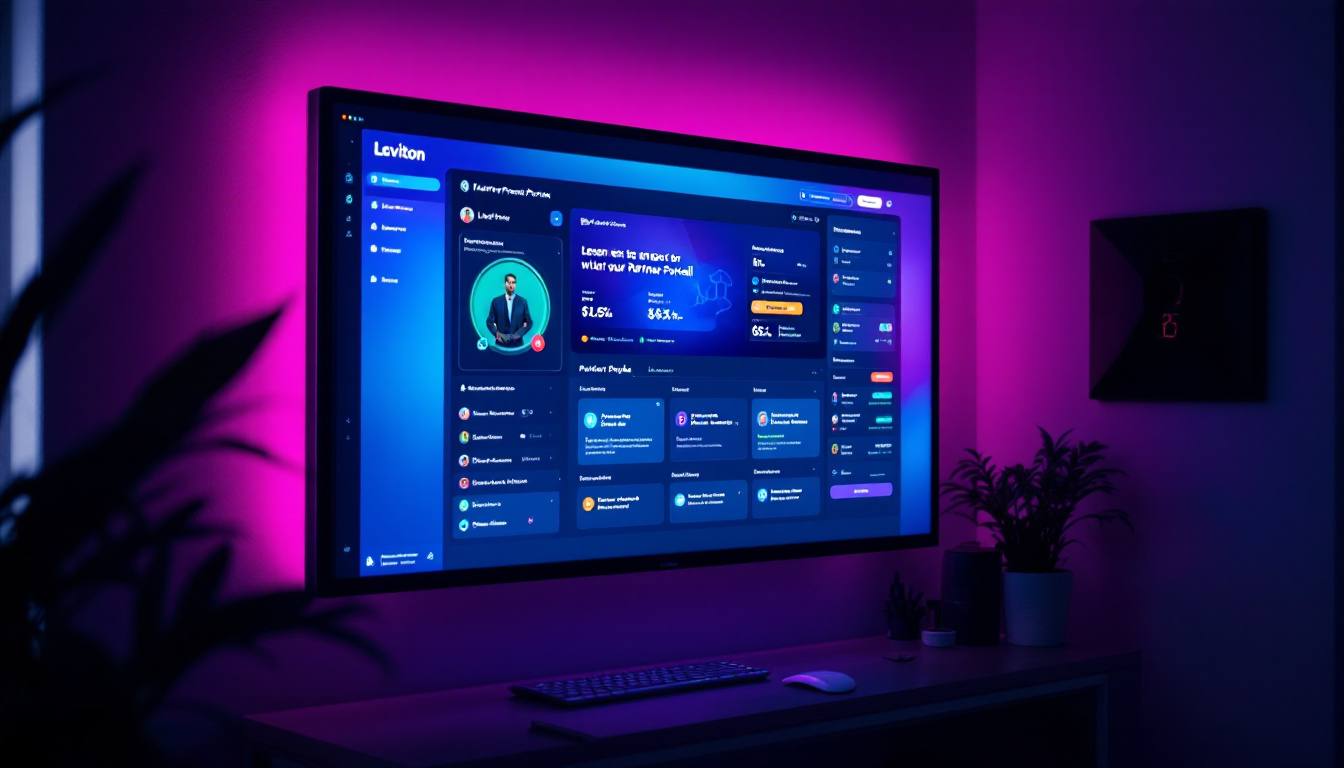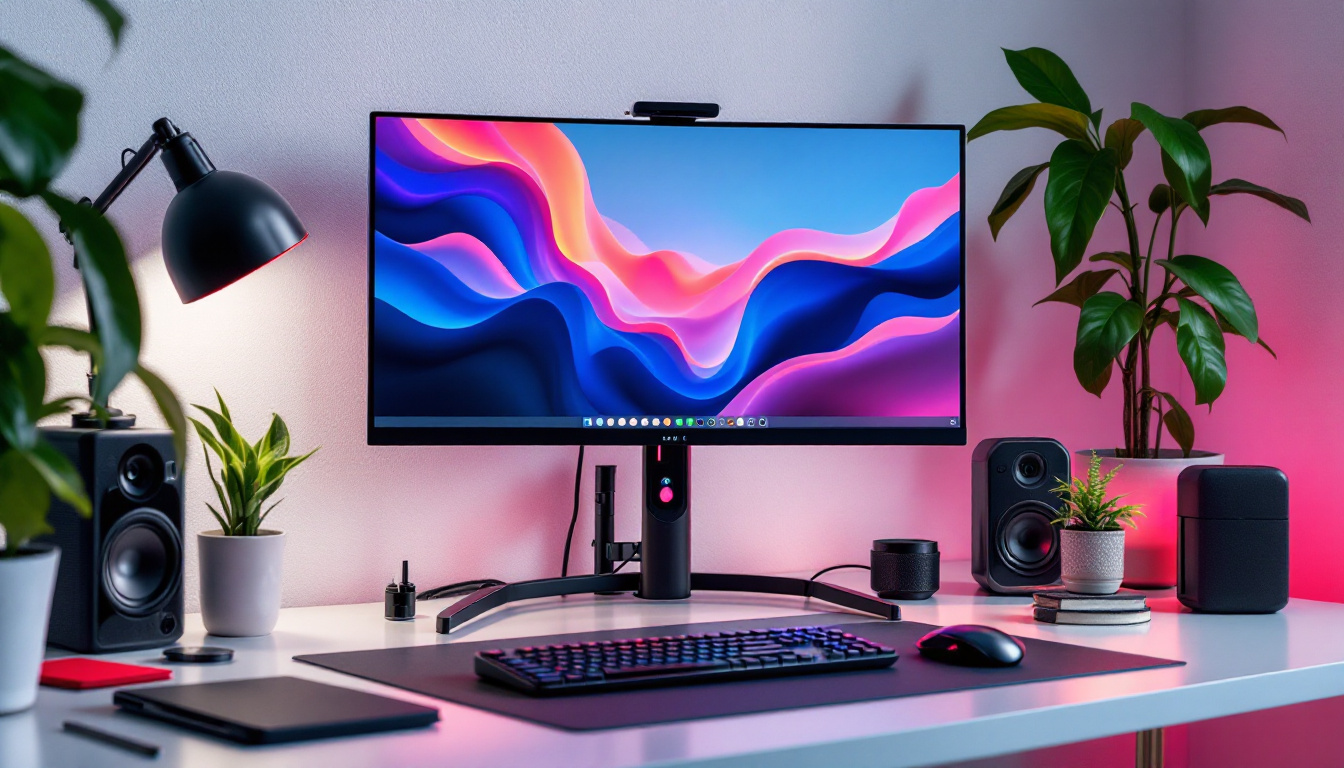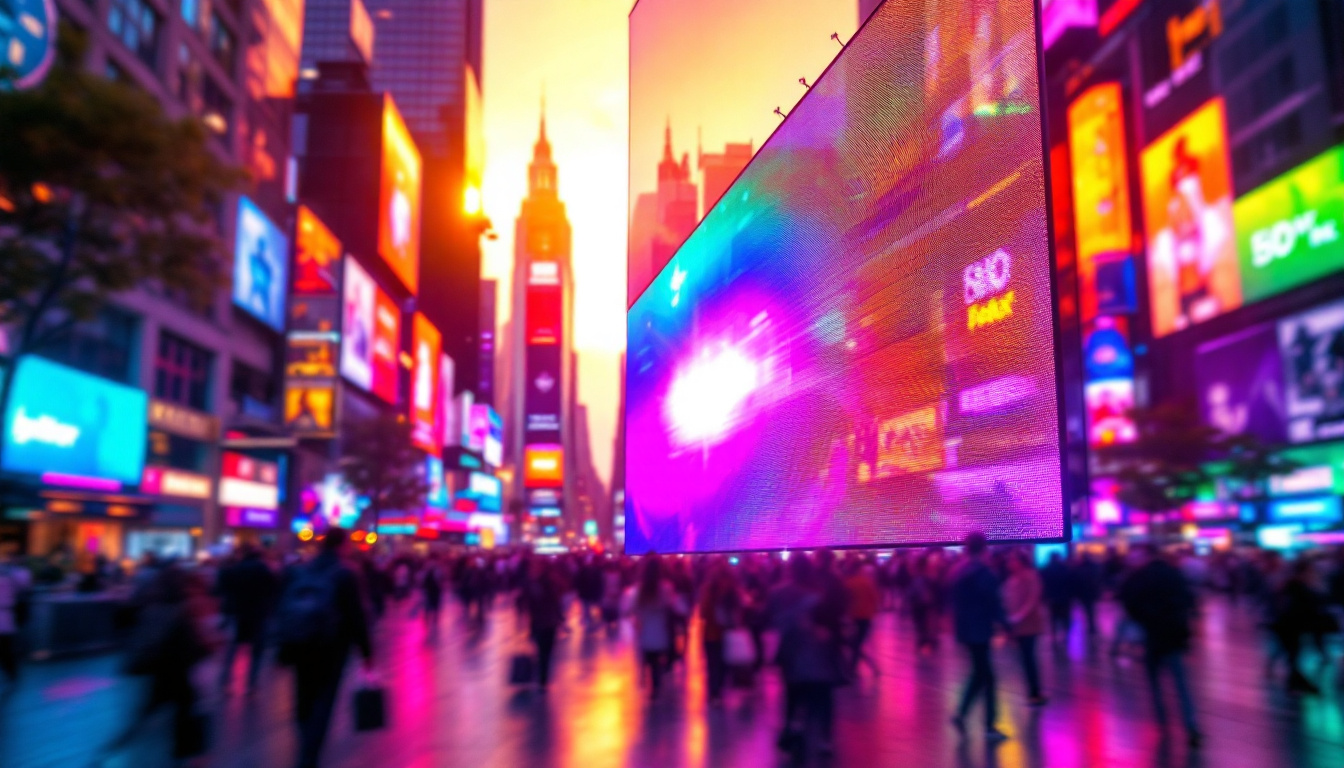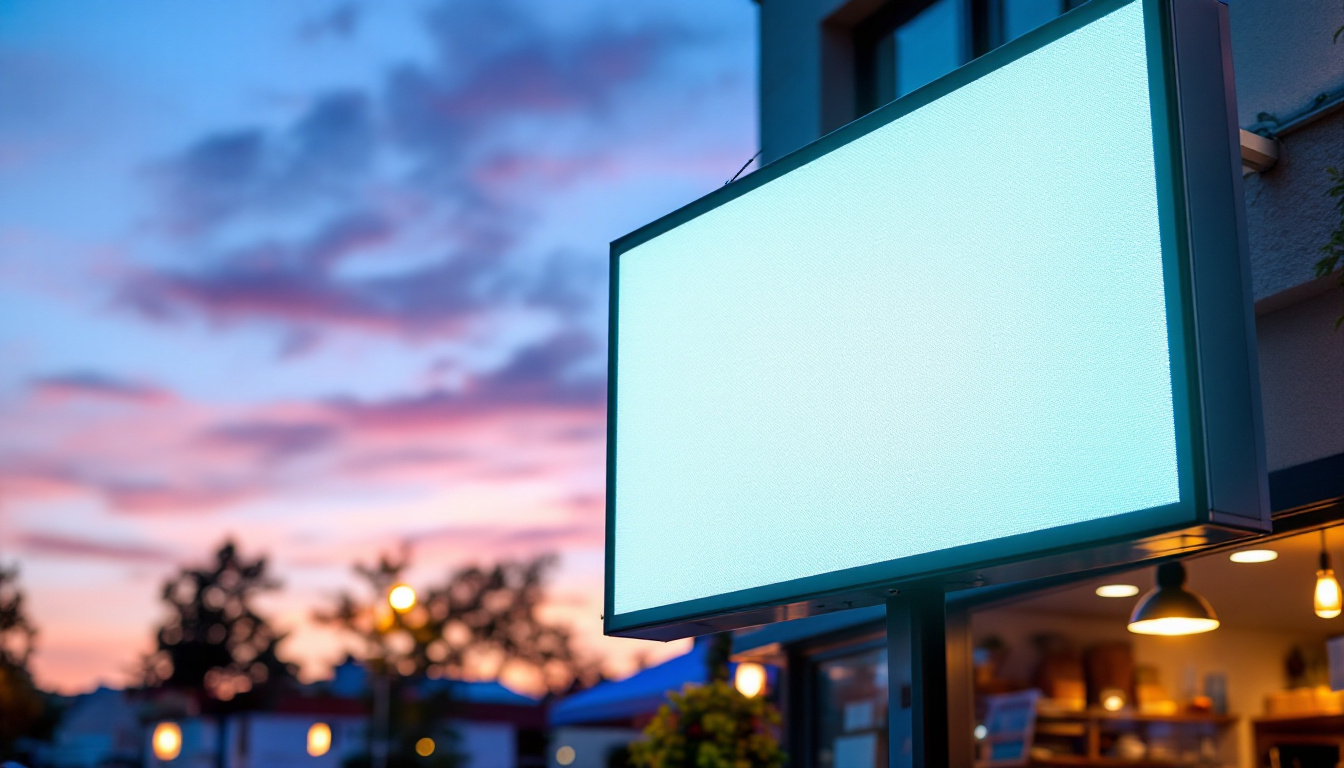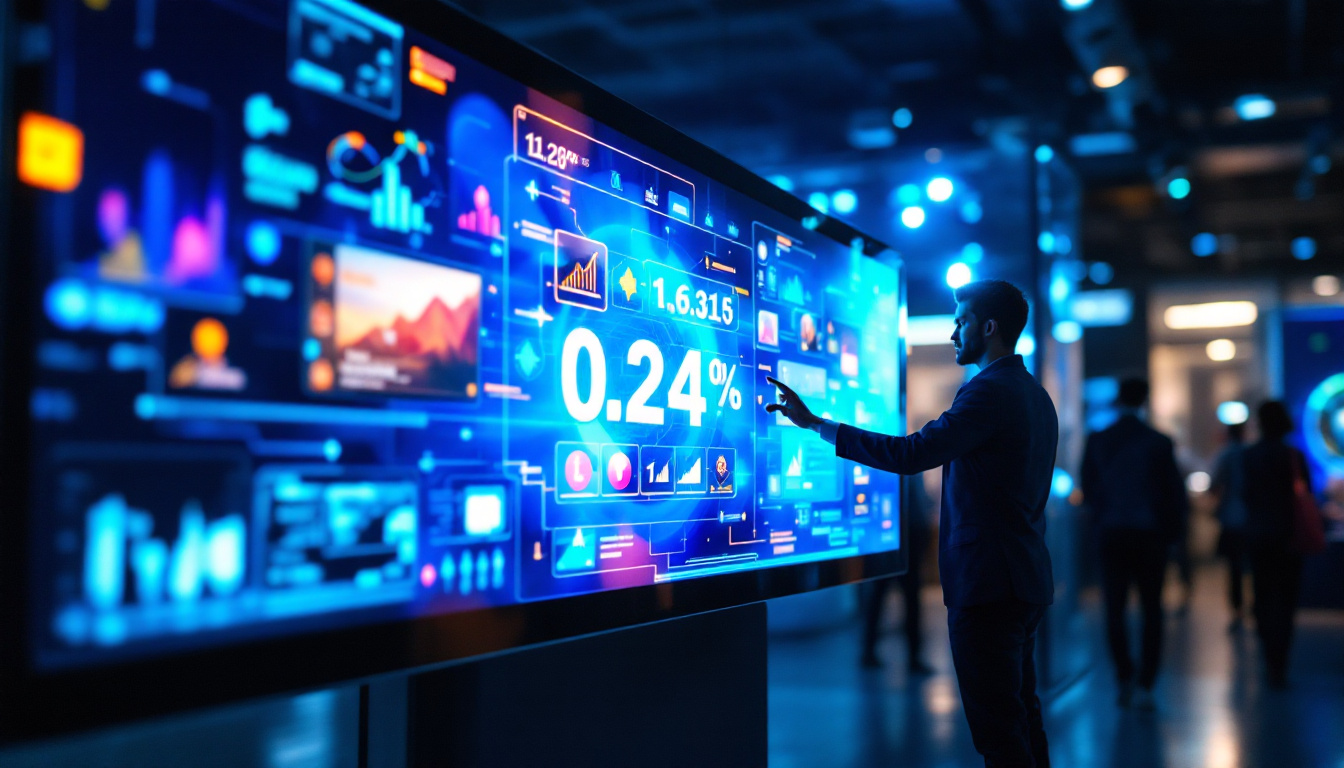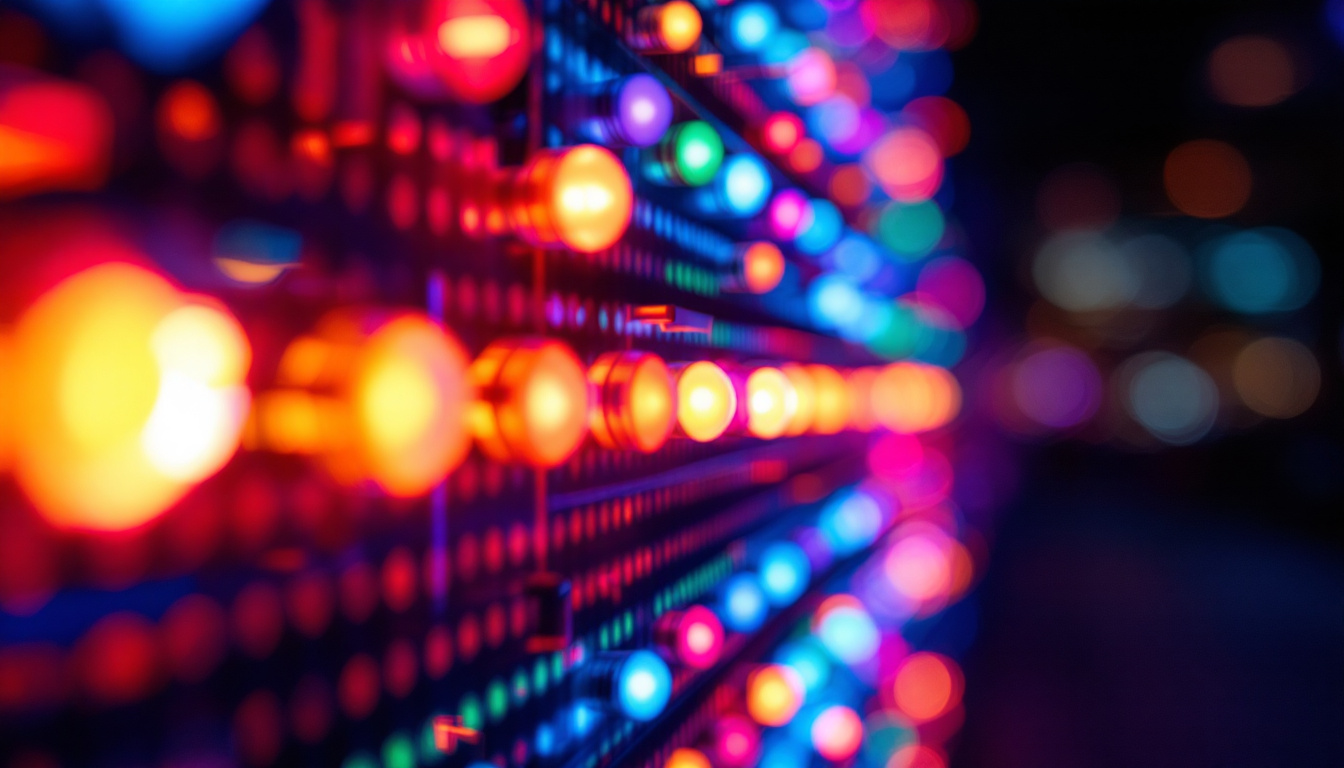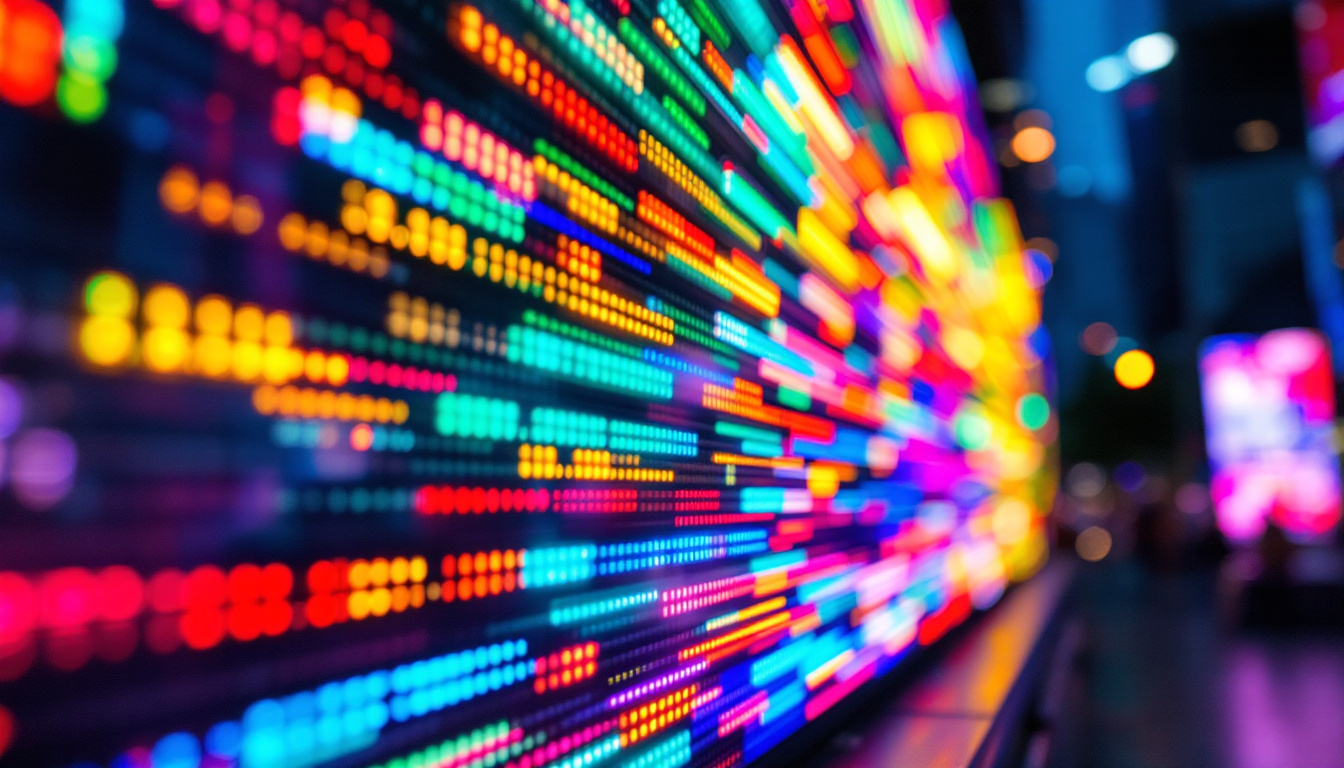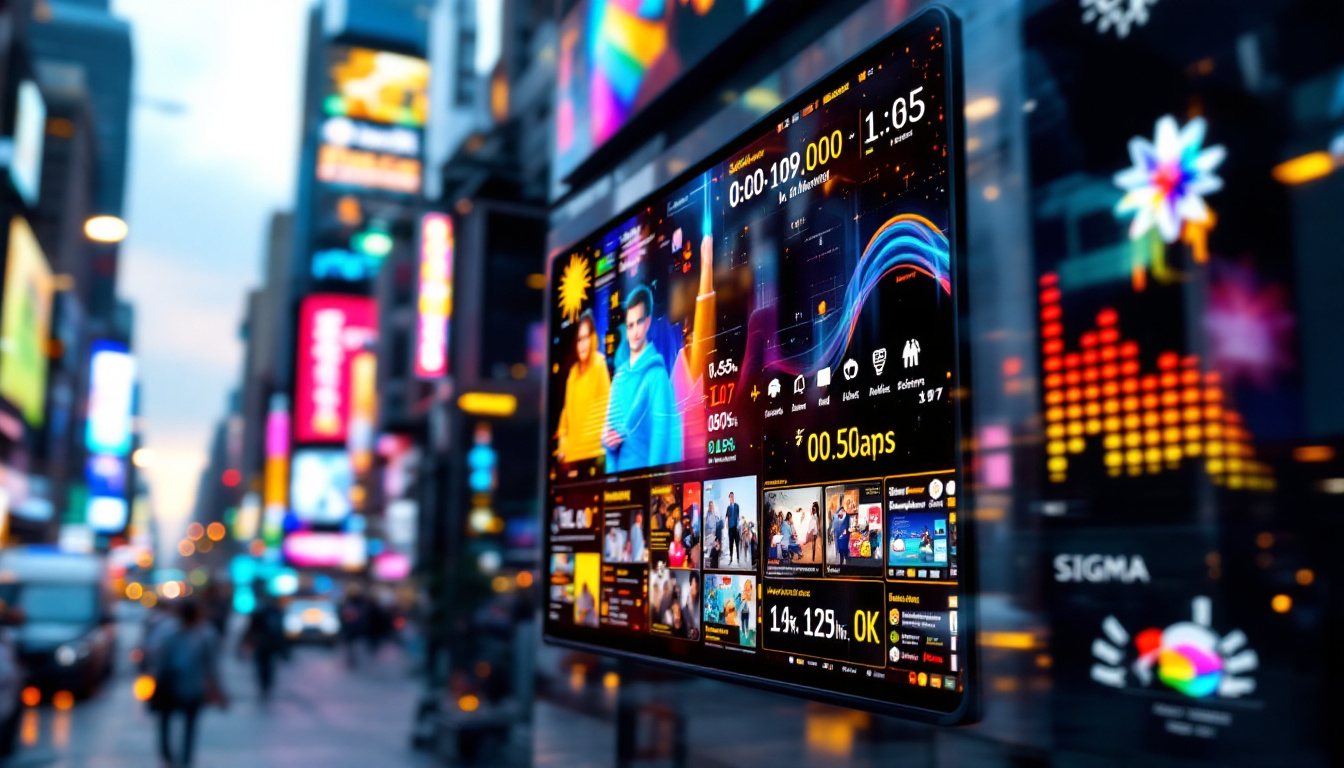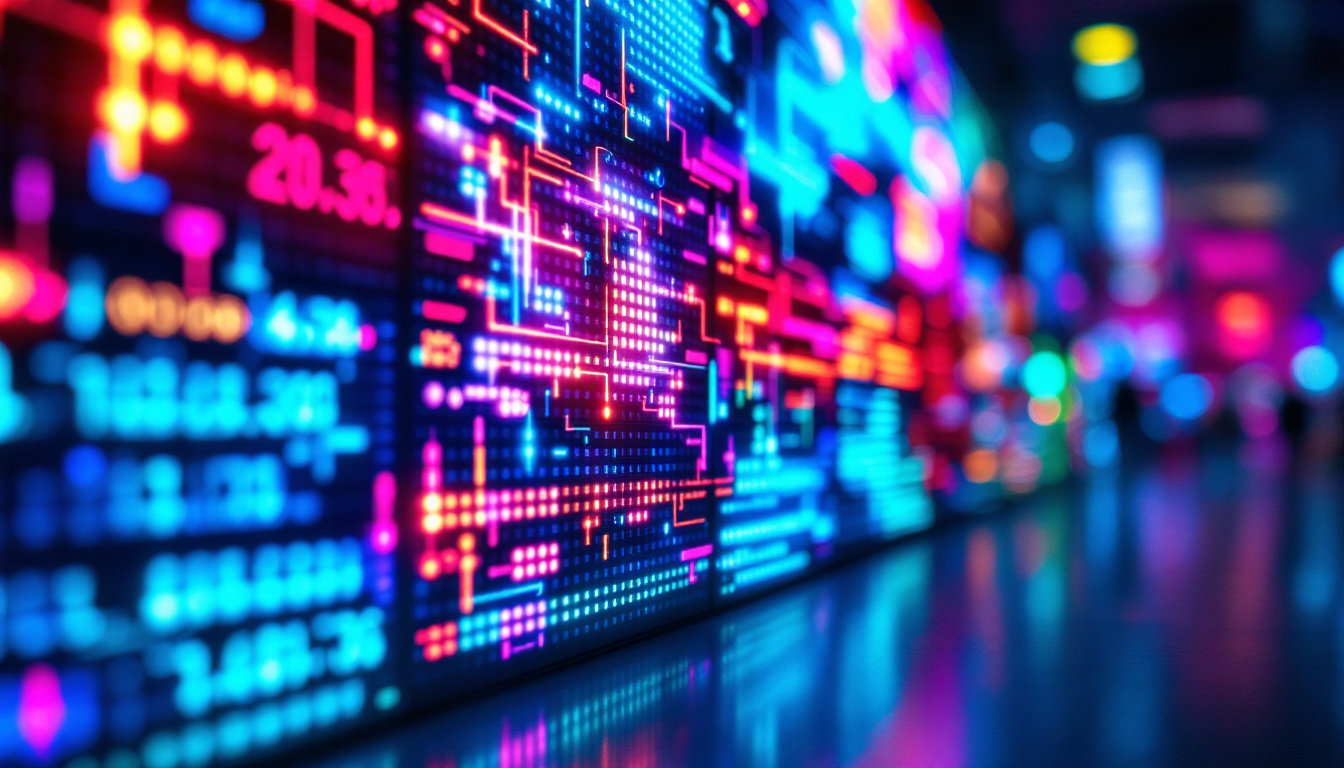What’s A Privacy Screen: LED Display Explained
In an increasingly digital world, privacy has become a paramount concern for individuals and organizations alike. With the rise of remote work and mobile devices, the need for effective privacy solutions has never been more critical. One such solution is the privacy screen, particularly in the context of LED displays. This article delves into what a privacy screen is, how it functions, and its various applications.
Understanding Privacy Screens
A privacy screen is a physical or digital barrier designed to limit the visibility of content displayed on screens. These screens are particularly useful in public spaces or shared environments where sensitive information may be exposed to onlookers. By restricting the viewing angles, privacy screens help protect confidential data from prying eyes. In an age where data breaches and identity theft are increasingly prevalent, the use of privacy screens has become a vital consideration for professionals, students, and anyone who values their privacy while using electronic devices in public settings.
Types of Privacy Screens
Privacy screens can be categorized into two main types: physical and digital. Physical privacy screens are typically filters or overlays that can be applied to a device’s screen, while digital privacy screens are software solutions that obscure or encrypt the display content. The choice between these two types often depends on the specific needs of the user, as well as the environment in which the device is used. For instance, a business traveler may prefer a physical screen filter for their laptop to ensure that sensitive emails are not visible during flights or in crowded cafés.
Physical privacy screens are often made of specialized materials that darken the screen when viewed from an angle. This allows the user to see the content clearly while preventing anyone outside the designated viewing area from accessing it. On the other hand, digital privacy screens may involve software applications that restrict access to certain information or encrypt data to enhance security. Some advanced digital solutions even offer features like screen blurring when viewed from the side, providing an additional layer of security without compromising usability.
How Privacy Screens Work
Physical privacy screens employ a technology known as micro-louver technology. This involves a series of tiny, vertical slats that are aligned in such a way that they block light from specific angles. When viewed straight on, the screen appears clear and bright, but from the side, it becomes dark and unreadable. This innovative design not only protects sensitive information but also minimizes glare and reflections, enhancing the overall viewing experience for the user.
Digital privacy screens, however, rely on software algorithms that can obscure or encrypt the data being displayed. These solutions may involve password protection, screen dimming, or even virtual private networks (VPNs) that secure the connection to the internet, ensuring that any data transmitted remains confidential. Additionally, some digital privacy solutions integrate with existing security protocols, allowing organizations to maintain compliance with regulations such as GDPR or HIPAA, which mandate strict data protection measures. As remote work becomes more common, the importance of these digital privacy measures continues to grow, making them essential tools for safeguarding sensitive information in a digital landscape fraught with risks.
Benefits of Using Privacy Screens
The advantages of using privacy screens extend beyond mere confidentiality. They offer a range of benefits that enhance the overall user experience and security of sensitive information.
Enhanced Security
One of the most significant benefits of privacy screens is the enhanced security they provide. In environments such as offices, cafes, or public transportation, the risk of unauthorized viewing increases. Privacy screens mitigate this risk by limiting the angles from which the screen can be viewed, thereby protecting sensitive data from potential breaches. This is particularly crucial for professionals handling confidential client information, financial records, or proprietary data, as even a fleeting glance from a bystander can lead to serious security issues.
Improved Focus and Productivity
In addition to security, privacy screens can help improve focus and productivity. By minimizing distractions from surrounding individuals, users can concentrate better on their tasks. This is particularly beneficial in open office environments where multiple people are working in close proximity. Moreover, the psychological effect of feeling secure about one’s work can lead to increased job satisfaction and motivation, allowing employees to perform at their best without the constant worry of prying eyes.
Reduced Eye Strain
Many modern privacy screens are designed to reduce glare and filter out harmful blue light, which can contribute to eye strain. This feature not only protects sensitive information but also promotes better eye health, making it easier for users to work for extended periods without discomfort. Additionally, some privacy screens come with anti-reflective coatings that enhance visibility in bright environments, allowing users to maintain clarity while safeguarding their data. This combination of comfort and security makes privacy screens an essential tool for anyone who spends long hours in front of a computer.
Versatile Applications
Privacy screens are not just limited to traditional office settings; they can be beneficial in a variety of contexts. For instance, students in libraries or study halls can use them to keep their notes and research private while still engaging with their devices. Similarly, travelers can rely on privacy screens to protect their personal information while working on laptops or tablets in crowded airports or coffee shops. This versatility ensures that privacy screens are a valuable addition to anyone’s toolkit, regardless of their professional or personal environment.
Cost-Effective Solution
Investing in privacy screens can also be a cost-effective solution for businesses looking to enhance their security measures. Rather than implementing extensive surveillance systems or security personnel, a simple privacy screen can significantly reduce the risk of data breaches at a fraction of the cost. Furthermore, the potential savings from avoiding data loss or breaches can far outweigh the initial investment in these protective tools, making them a smart choice for both small businesses and large corporations alike.
Applications of Privacy Screens
Privacy screens find applications across various sectors and environments, each benefiting from the enhanced security and privacy they provide.
Corporate Environments
In corporate settings, privacy screens are vital for protecting sensitive information. Employees often handle confidential data, whether it be financial reports, client information, or proprietary research. By using privacy screens, companies can safeguard this information from unauthorized access, ensuring compliance with data protection regulations.
Healthcare Industry
The healthcare industry is another sector where privacy screens play a crucial role. Medical professionals frequently deal with sensitive patient information that must remain confidential. Privacy screens help protect this data, ensuring that patient privacy is maintained in waiting rooms, hospitals, and clinics.
Public Spaces
In public spaces such as cafes, libraries, and airports, privacy screens can provide a layer of security for individuals working on laptops or mobile devices. With the prevalence of cyber threats, having a privacy screen can give users peace of mind, knowing that their information is less likely to be compromised.
Choosing the Right Privacy Screen
When selecting a privacy screen, several factors should be considered to ensure it meets specific needs and requirements.
Screen Size and Compatibility
Privacy screens come in various sizes and are designed for different devices, including laptops, tablets, and smartphones. It is essential to choose a screen that fits the device perfectly to ensure optimal functionality. Compatibility with the device’s display technology, such as LED or LCD, is also crucial.
Viewing Angle
The effectiveness of a privacy screen largely depends on its viewing angle. Most privacy screens are designed to limit visibility to a range of about 30 degrees on either side. When choosing a privacy screen, consider the typical environment in which it will be used and how much privacy is required.
Material and Quality
The material used in the construction of a privacy screen can affect its durability and performance. High-quality privacy screens are often made from advanced materials that provide clarity while effectively blocking visibility from the sides. It is advisable to read reviews and choose reputable brands to ensure the best quality.
Installation and Maintenance
Installing a privacy screen is generally straightforward, but proper installation is crucial for optimal performance. Here are some tips for installation and maintenance.
Installation Process
Most privacy screens come with clear instructions for installation. Typically, they can be attached using adhesive strips or magnetic mounts, depending on the design. It is essential to clean the device screen thoroughly before applying the privacy screen to ensure a secure fit without bubbles or dust particles.
Cleaning and Care
To maintain the effectiveness of a privacy screen, regular cleaning is necessary. Use a soft, lint-free cloth to wipe the surface gently. Avoid using harsh chemicals or abrasive materials that could scratch or damage the screen. Following the manufacturer’s care instructions will help prolong the lifespan of the privacy screen.
Future Trends in Privacy Screens
As technology continues to evolve, privacy screens are likely to undergo significant advancements. Emerging trends may include enhanced digital privacy solutions and more sophisticated physical privacy screens.
Integration with Smart Technology
With the rise of smart devices, future privacy screens may integrate seamlessly with smart technology. This could include features such as automatic dimming based on ambient light or connectivity with security systems that alert users to potential breaches.
Adaptive Privacy Solutions
Adaptive privacy solutions may also become more prevalent, allowing users to customize their privacy settings based on their environment. For instance, a privacy screen could adjust its opacity depending on the number of people nearby or the level of confidentiality required for the task at hand.
Increased Focus on Sustainability
As environmental concerns grow, manufacturers may focus on creating privacy screens using sustainable materials. This shift towards eco-friendly products could appeal to environmentally conscious consumers while still providing the necessary privacy and security features.
Conclusion
In conclusion, privacy screens are essential tools for protecting sensitive information in various environments. Whether used in corporate settings, healthcare facilities, or public spaces, they play a vital role in enhancing security and privacy. As technology advances, the future of privacy screens looks promising, with innovations that may further improve their functionality and effectiveness.
Investing in a quality privacy screen is not only a proactive approach to safeguarding personal and professional information but also a step towards fostering a culture of privacy and security in an increasingly interconnected world.
Discover LumenMatrix’s Advanced Privacy Screen Solutions
As you consider the importance of privacy and security in our digital age, LumenMatrix invites you to explore our innovative LED display solutions. Our commitment to revolutionizing visual communication extends to providing advanced privacy screen options that safeguard your sensitive information while delivering a visually stunning experience. From Indoor and Outdoor LED Wall Displays to Custom and Transparent LED solutions, LumenMatrix is dedicated to enhancing your brand’s visibility and audience engagement. Check out LumenMatrix LED Display Solutions today and take the first step towards a more secure and impactful visual presence.

